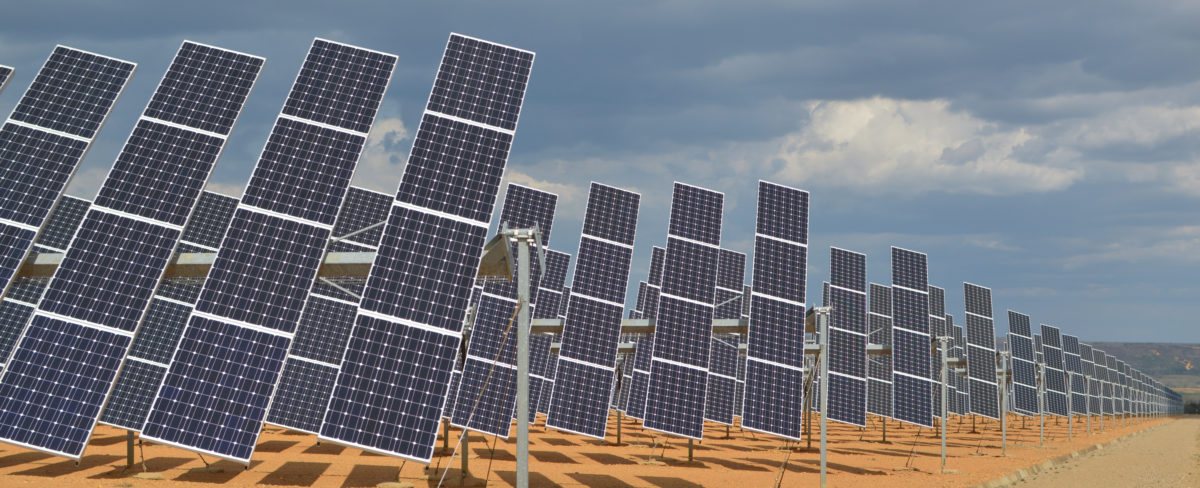More than 303 GW of installed PV power was operational worldwide at the end of last year, according to the report “Snapshots of global photovoltaic markets – 2016” published by the International Energy Agency Photovoltaic Power System Programme (IEA PVPS).
This global capacity, the agency claims, is enough to produce 375 billion kWh annually and to cover 1.8 % of the electricity demand of the planet.
The agency also reports that China is currently the largest PV market, with over 78 GW of cumulative installed solar power, followed by Japan (42.8 GW), Germany (41.2 GW), the United States (40.3 GW), and Italy (19.3 GW). The largest markets in 2016 where China, United States and Japan with 34.5 GW, 14.7 GW and 8.6 GW in new additions respectively.
Overall, around 75 GW of new PV systems were installed worldwide last year. Several Asian markets contributed to last year’s growth, such as Korea (850 MW), Thailand (726 MW), the Philippines (756 MW) and Taiwan (368 MW). India, on the other hand, has contributed with over 4 GW.
In Latin America, only Chile grew considerably, by 746 MW last year, while Mexico, Latin America's second largest market in 2016, brought online only 100 MW. In Europe, the UK was the largest market with 2 GW, followed by Germany (1.5 GW), France (0.6 GW) and Italy (373 MW).
Popular content
The report notes that the United States was able to double its annual installations from 7.3 GW to 14.7 GW last year, while Japan’s 8.6 GW represents a clear signal that its solar market is currently coming to a halt after several years of strong development.
The report also highlights that 24 countries had more than 1 GW of solar installed at the end of 2016, while 16 countries added more than 500 MW of PV power last year.
None of last year’s three major markets, however, is between the countries with the highest share of solar in the electricity mix, which are surprisingly Honduras (12.5%), Greece (7.4%), Italy (7.3%) and Germany (7.0%).
“The super-competitive tenders seen in many countries around the world are sending a clear sign to policymakers that the most competitive PV installations can now compete with most fossil and nuclear sources of energy. In times for policy uncertainties in several key countries, the progresses achieved in2016 contributed to raise the awareness of PV’s potential”, concluded the agency in the report.
This content is protected by copyright and may not be reused. If you want to cooperate with us and would like to reuse some of our content, please contact: editors@pv-magazine.com.



By submitting this form you agree to pv magazine using your data for the purposes of publishing your comment.
Your personal data will only be disclosed or otherwise transmitted to third parties for the purposes of spam filtering or if this is necessary for technical maintenance of the website. Any other transfer to third parties will not take place unless this is justified on the basis of applicable data protection regulations or if pv magazine is legally obliged to do so.
You may revoke this consent at any time with effect for the future, in which case your personal data will be deleted immediately. Otherwise, your data will be deleted if pv magazine has processed your request or the purpose of data storage is fulfilled.
Further information on data privacy can be found in our Data Protection Policy.